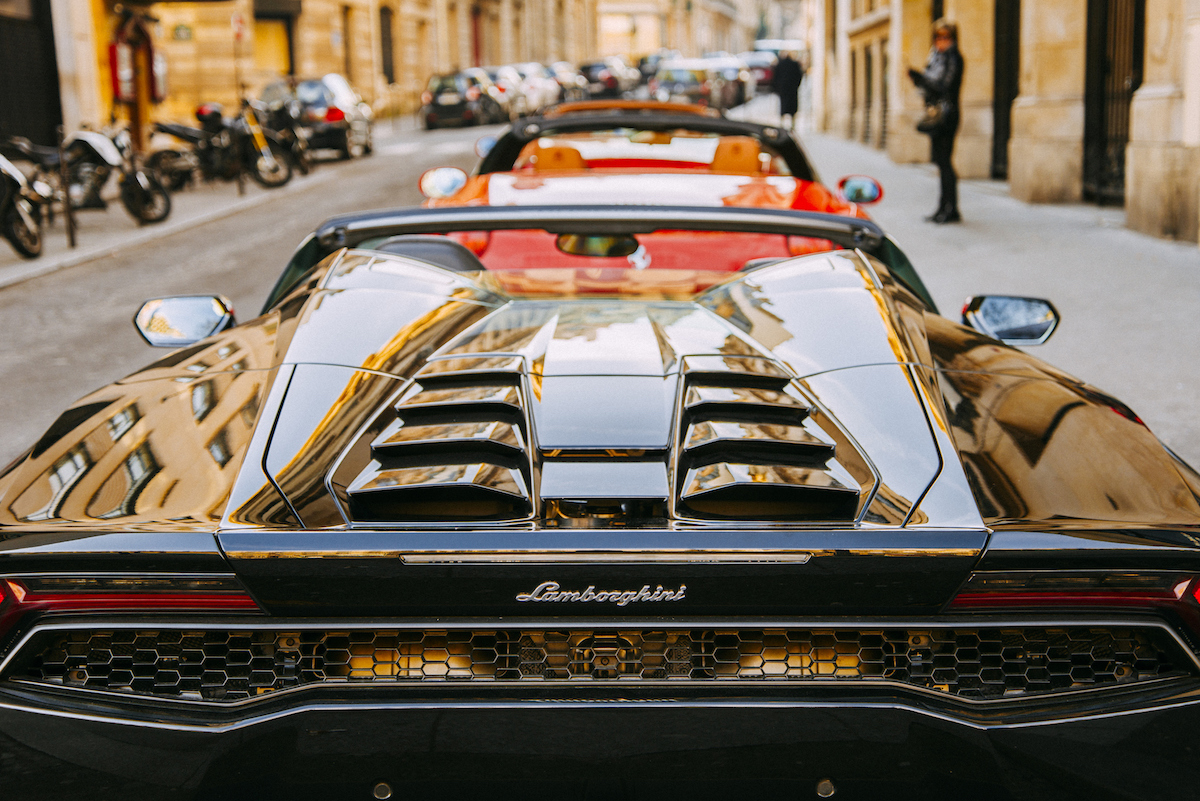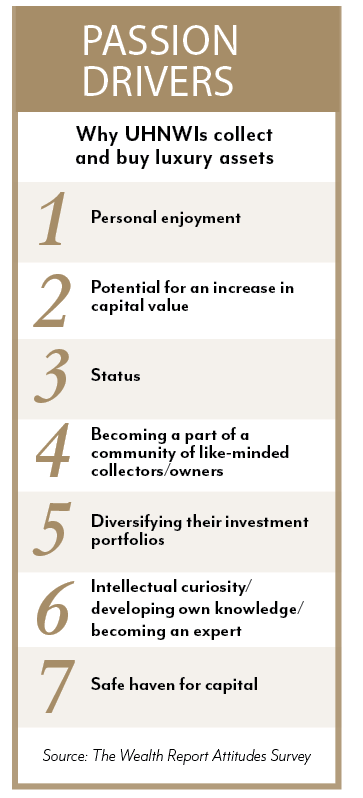Reducing risk by spreading your investment dollars around is nothing new; we all know not to put all our eggs in one basket. Increasing market volatility and general global uncertainty are just a couple of the reasons why more and more people are looking at different ways to diversify their investment portfolios.
McKinsey first pointed out the trend for alternative portfolio allocation back in 2012, when the pace for its growth more than doubled in a six year period and outstripped traditional asset classes. Today, PwC predicts further growth to the point that the phrase ‘alternative’ will no longer be relevant. By 2020, it says, alternatives and passive products will represent 35% of the asset management industry.
Tom Gearing, Managing Director of wine investment company Cult Wines, points out that the mere fact that traditional institutions, such as UK bank Coutts, are even reporting on alternative investments is a signal of the shift in itself, referring to the bank’s annual Objects of Desire Index.
Tangible assets, collectibles, passion investments, objects of desire – whatever you want to call them, there is money to be made.
Four Wheels
The value of classic cars has grown by 9% in the past year and by 457% in the decade to 2016, according to the 2016 Knight Frank Luxury Investment Index (KFLII). Over that 10-year period Porsche and Ferrari have been the best performing car brands. A Ferrari 1957 335 Sport was the most expensive car to ever be auctioned, selling for a jaw-dropping €32 million.
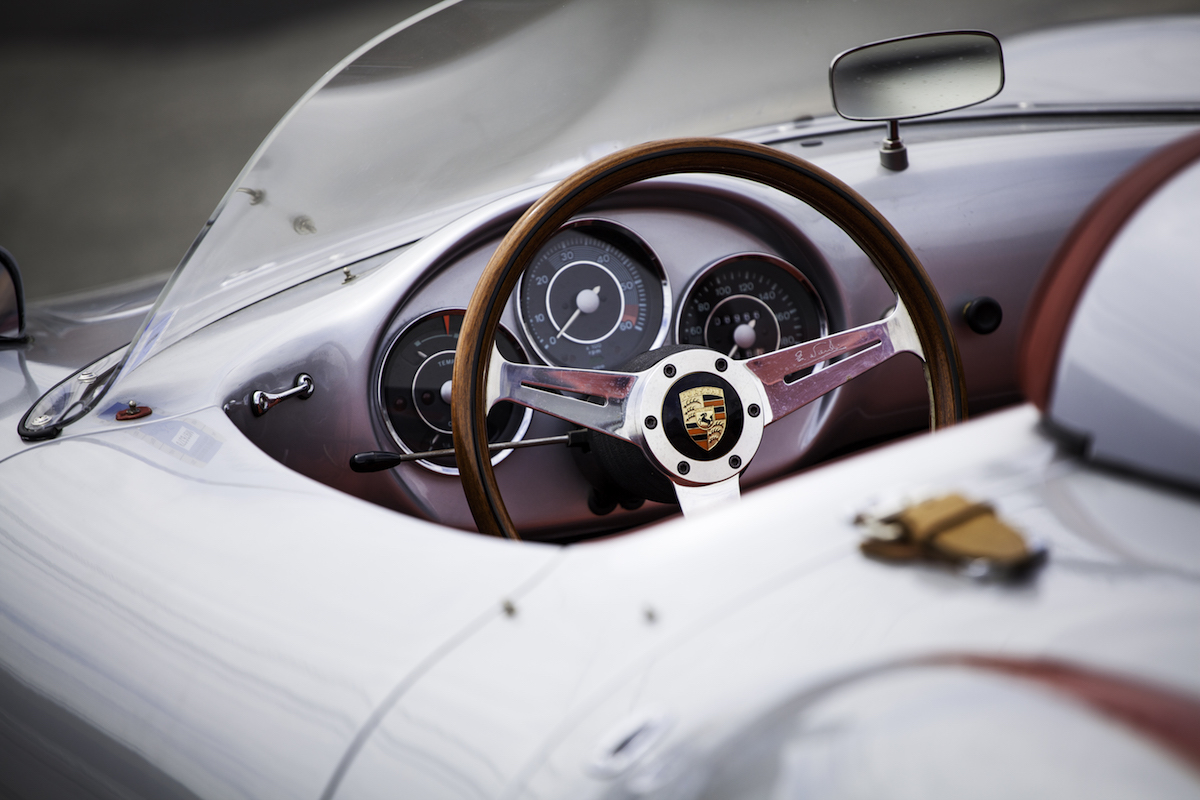
Meanwhile, the exact price for the most expensive car to ever be sold has never been revealed. Having said that, a 1962 Ferrari 250 GTO is believed to have been the object of the biggest deal ever struck – reportedly selling for more than the US$38 million paid previously for another 250 GTO.
And this year, a 1956 Aston Martin DBR1 became the most expensive British car ever sold. It was the first of just five to be built between 1956 and 1958, and went for US$22.5m at the annual auction at Monterey Car Week.
“The international collector car market is now a multibillion-dollar business,” says James Nicholls, Classic Car Specialist of Mossgreen auction house. “Rare and desirable cars with good provenance and history, in good original condition are now very valuable assets.”
However, what’s the use of owning one of these special pieces if it’s not to also be enjoyed? James believes collectors and enthusiasts should use their hearts not their minds when purchasing.
“These cars should be viewed as assets and not investments. Do you like the car and does it appeal to you are perhaps the most important considerations – after this the more boxes it can tick regarding provenance, history, rarity, desirability in the marketplace, condition and originality, then the better chance there is, if bought correctly, for the vehicle to maintain its value (if properly looked after) and possibly increase in value.”
Liquid gold
Overtaking cars for the first time, wine enjoyed impressive growth in 2016. It topped the KFLII and is expected to continue on an upward trajectory throughout 2017. Over the past 10 years, the value of wine as a whole has increased by 267%, with Californian wines increasing by more than 440%.
When it comes to building a portfolio, investors should seek to diversify within wine, too – this might mean purchasing cases from traditionally high-performing and in-demand regions such as Bordeaux, as well as New World wines from California. To make the best of wine’s unique, inherent characteristic of improving with age, Cult Wines’ Tom Gearing suggests looking at investing for the medium-to-long term. Prices of wine from the most sought-after vineyards and vintages are the ones that eventually increase as supply becomes scarce.
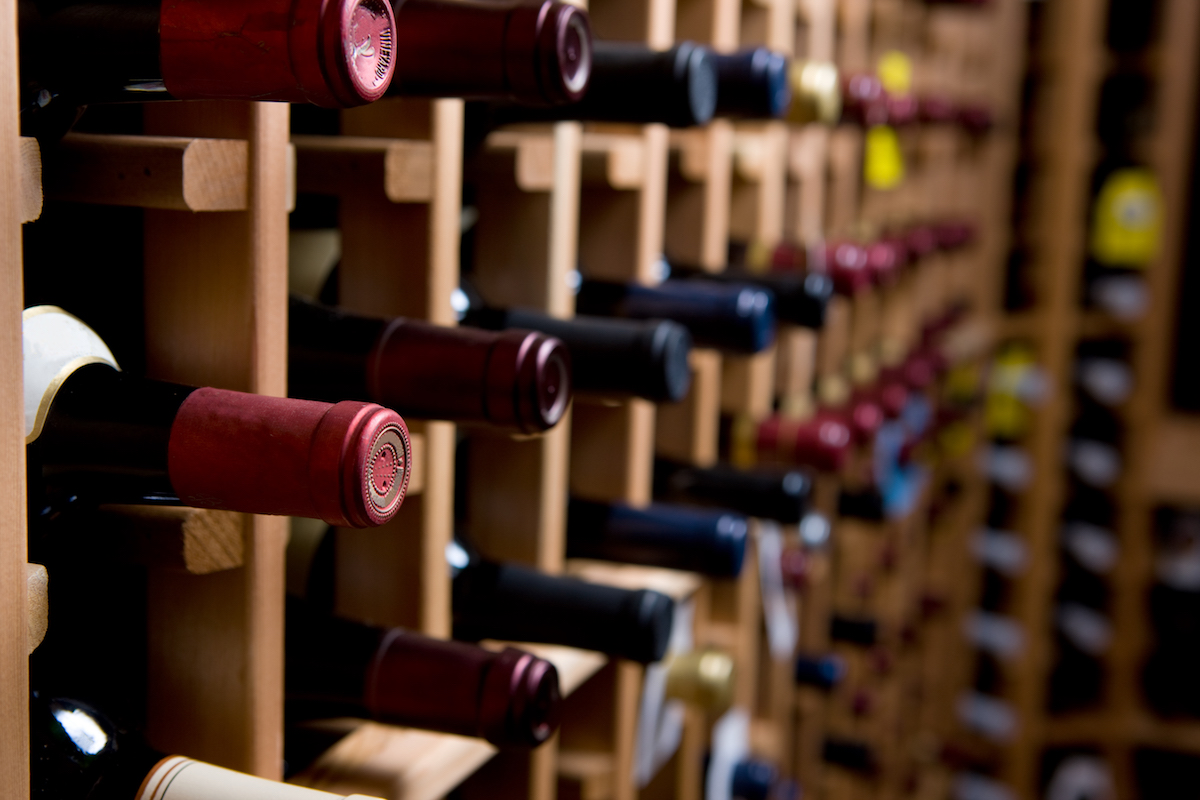
As with any alternative investment, you need to factor in the liquidity as well as transaction costs. For wine, this means storage – it needs to be kept at particular temperatures, ideally in its original box. Cult Wines offers clients a bonded, tax-free, professional wine storage facility, Tom says. “If you hold wine for a five year term it has average returns of 12.5%. If you’re attaining the long-term average of 12.5%, less your 3% in transaction costs, the investment is still netting out at about 9%.
“If you’re attaining those types of returns outside of the normal financial markets in alternative investments, then you are going to have to be giving something up, typically that’s liquidity. 4 to 8 weeks is the typical timeframe for selling wine back into the market at the best possible price. Liquidity is something we always highlight to our clients as being a bit of a risk. You can’t put into the wine market money that you’re going to need back tomorrow.”
Fine investment
An investment closely linked to unpredictable trends and fashion is always going to be risky. Art’s value dropped by 14%, according to Art Market Research data reported in KFLII, though it has grown 139% over the past decade.
The art industry’s performance is typically linked to its style – modern-art lovers enjoyed a double in value over the past decade, while European Impressionists such as Matisse saw the biggest annual drop (via auction). It makes sense then that experts suggest only buying pieces you’re happy to leave hanging on your wall if the value falls.
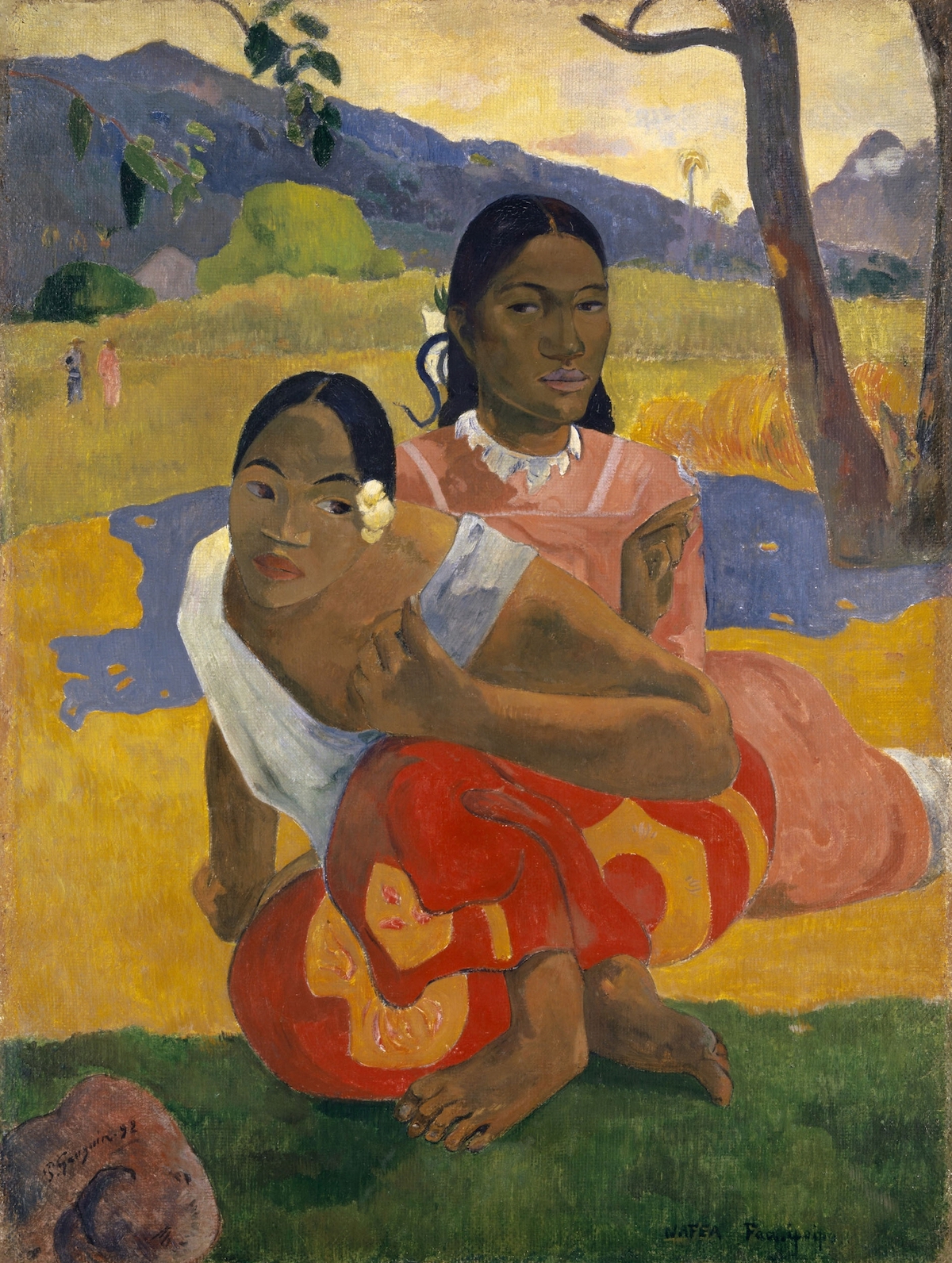
In general, however, artwork investment is known for its stability when the market is in flux. “Art outperforms in times of economic turmoil and trouble. It’s outperformed during the last 27 recessions,” says Cappy Price, author of Put Your Assets on the Wall.
The majority of online art purchases are below US$5,000, according to Saatchi Art. At the top end of the scale, the most expensive work of art was a painting by Paul Gauguin titled ‘When Will You Marry?’, which sold for a staggering US$300 million.
When it comes to purchasing, the preference for art trade is still predominantly in traditional offline methods. However, online art companies are making the investment process easier and more accessible. Saatchi Art and Sotheby’s Online experienced continued growth of 42% and 19% respectively in 2016.

